Episode Details
Part Two of Two. Wrapping up our intensive look at the post-Civil War origins of the Ku Klux Klan and finishing the last of the Yellow Belly Imperial Stout.
Books
The Second Coming of the KKK: The Ku Klux Klan of the 1920s and the American Political Tradition
Author: Linda Gordon
Publisher: Liveright Publishing Corporation (2018)
“A new Ku Klux Klan arose in the early 1920s, a less violent but equally virulent descendant of the relatively small, terrorist Klan of the 1870s. Unknown to most Americans today, this ‘second Klan’ largely flourished above the Mason-Dixon Line–its army of four-to-six-million members spanning the continent from New Jersey to Oregon, its ideology of intolerance shaping the course of mainstream national politics throughout the twentieth century.”
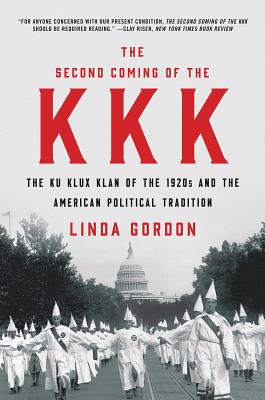
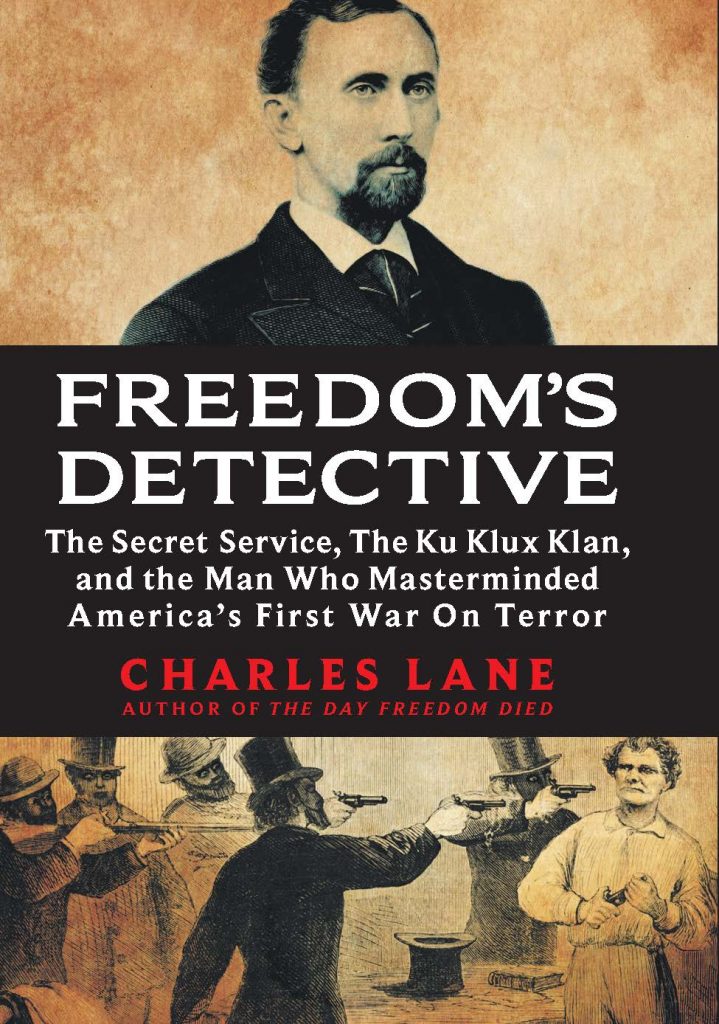
Freedom’s Detective: The Secret Service, the Ku Klux Klan and the Man Who Masterminded America’s First War on Terror
Author: Charles Lane
Publisher: Hanover Square Press (2021)
“Hiram C. Whitley [was] the new [and] controversial chief of the Secret Service. He and his agents led a covert war against the KKK and became the first to use undercover work in mass crime⎯⎯⎯⎯what we now call terrorism⎯⎯⎯⎯investigations. But like all spymasters, Whitley had a dark side. His penchant for skulduggery and dirty tricks led him to a conspiracy that would bring an end to his career and transform the Secret Service as we know it today.”
Stamped from the Beginning: The Definitive History of Racist Ideas in America
Author: Ibram X. Kendi
Publisher: Nation Books (2016)
“In this deeply researched and fast-moving narrative, Kendi chronicles the entire story of anti-black racist ideas and their staggering power over the course of American history . . . . As Kendi shows, racist ideas . . . . were created to justify and rationalize deeply entrenched discriminatory policies and the nation’s racial inequities.”
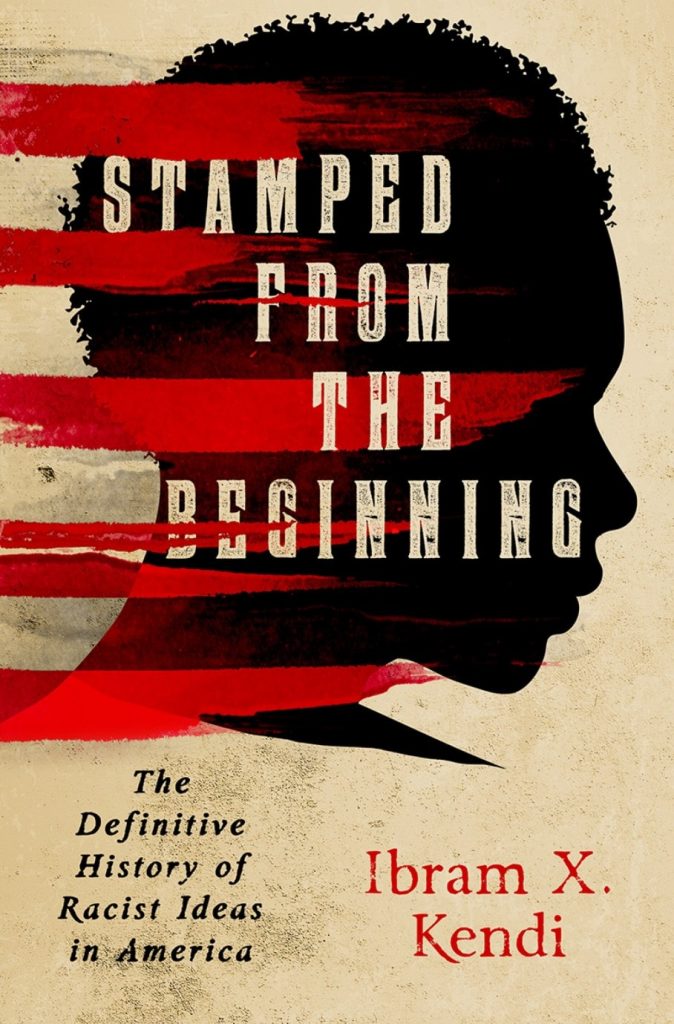
Booze
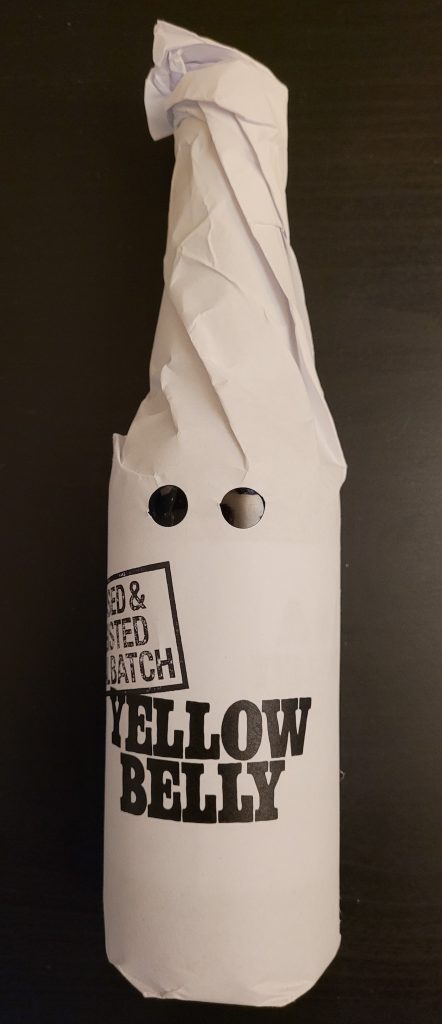
Yellow Belly Imperial Stout — A collaboration beer by Buxton Brewery (Buxton, Derbyshire, England) and Omnipollo Brewery (Stockholm, Sweden)
The Founding of the Ku Klux Klan
Article on the Ku Klux Klan giving the correct date of, “May or early June of 1866” in the Tennessee Encyclopedia Timeline History of the Ku Klux Klan at ThoughtCo.com
Ku Klux Klan founded: Dec 24, 1865 at Politico.com
Overview of the KKK from founding through 2009 in The First Amendment Encyclopedia at Middle Tennessee State University
High-resolution picture of the KKK memorial plaque attached to a building in Pulaski, TN at the digital library of the University of Tennessee, Knoxville
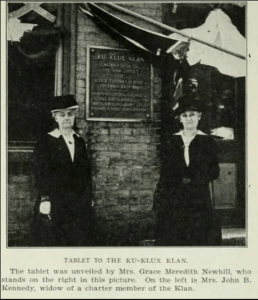
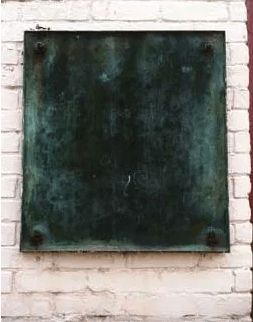
Kommemorating the Klan’s Birthplace With a Backwards Plaque in Pulaski, Tn ⎯⎯ Article at TheReconstructionEra.com detailing this history of the plaque and how whoever bought the building turned the plaque to the wall.
Backwards Plaque Shuns the KKK at RoadsideAmerica.com
Ku Klux Kostumes
The Ku Klux Klan Didn’t Always Wear Hoods at Smithsonian Magazine
Semana Santa (Holy Week): Where the KKK got their nifty costumes at Medium.com ⎯⎯ A look at the source for the white hoods and robes of the Second Klan (1915 to 1940)
A Confederate Catechism
Old South monument backers embrace “Confederate Catechism” at FoxNews.com

Originally published in 1935, A Confederate Catechism is a hair-raising example of indoctrinating kids into the white supremacist mindset. (Find a PDF of it here.)
Rationale for the Catechism on the History of the Confederate States of America as pimped on the United Daughters of the Confederacy’s website — “Catechisms are a part of the culture and history of the CofC. Members are encouraged to recite basic beliefs and elements of Confederate history. Children compete at all levels to display excellence. The Second Vice President is responsible for educational work. He/she should encourage members to write essays, poems, and to do artwork for General prizes. He/she is also responsible for catechism orders and encouraging Chapters/Divisions to hold catechism quizzes.”
Superheoroes and the KKK
Where KKK And Superhero Narratives Collide by Noah Berlatsky at Medium.com — “The superhero and the Confederate rebel are both always ultra-powerful and oppressed; ‘heroic’ underdogs battling on behalf of misplaced righteousness.”
How the KKK Shaped Modern Comic Book Superheroes: Masked Men Who Take the Law into Their Own Hands by Chris Gavaler at Lithub.com — “Although the Klan, when directly portrayed, is invariably an organization of villains, the superhero still operates from the same reactionary, paternalistic ethics of vigilantism. The superhero does not simply save the world — he restores a moral, nationalistic status quo by superseding the powers of a democratic government incapable of combating or often even recognizing alien threats.”
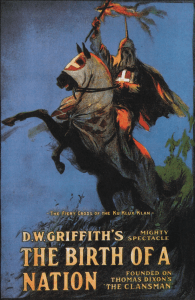
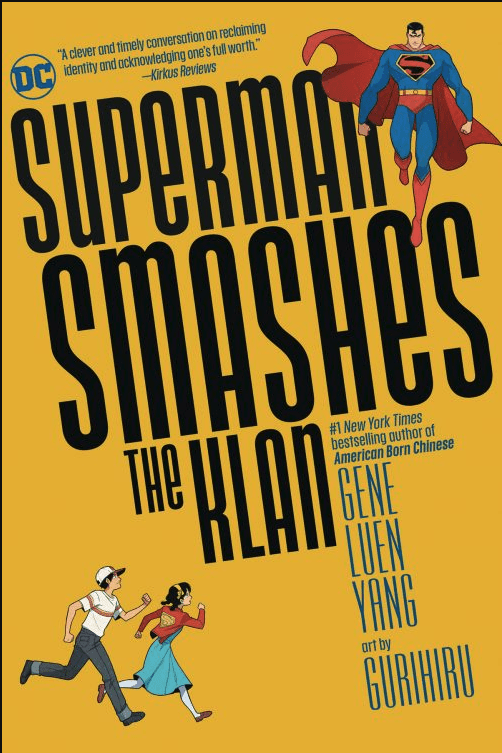
A New Twist on an Iconic Story – “Superman Smashes the Klan” Graphic Novel Review at The Geekiary.com — “Superman Smashes the Klan is a young adult graphic novel based on the ‘Clan of the Fiery Cross’ story arc from 1940s radio show Adventures of Superman. Like the radio show, this novel does not shy away from how reprehensible the Ku Klux Klan is. It may be one of the most meaningful and important graphic novels I have read.”
How Superman Exposed the Ku Klux Klan at TheVintageNews.com — “With Superman denouncing the KKK and battling them, as well as the secrecy being shattered by giving listeners a glimpse into what happens behind the scenes, the radio show had a profound impact on the hate group.”
Music
Arcontas Blank on SoundCloud and Facebook


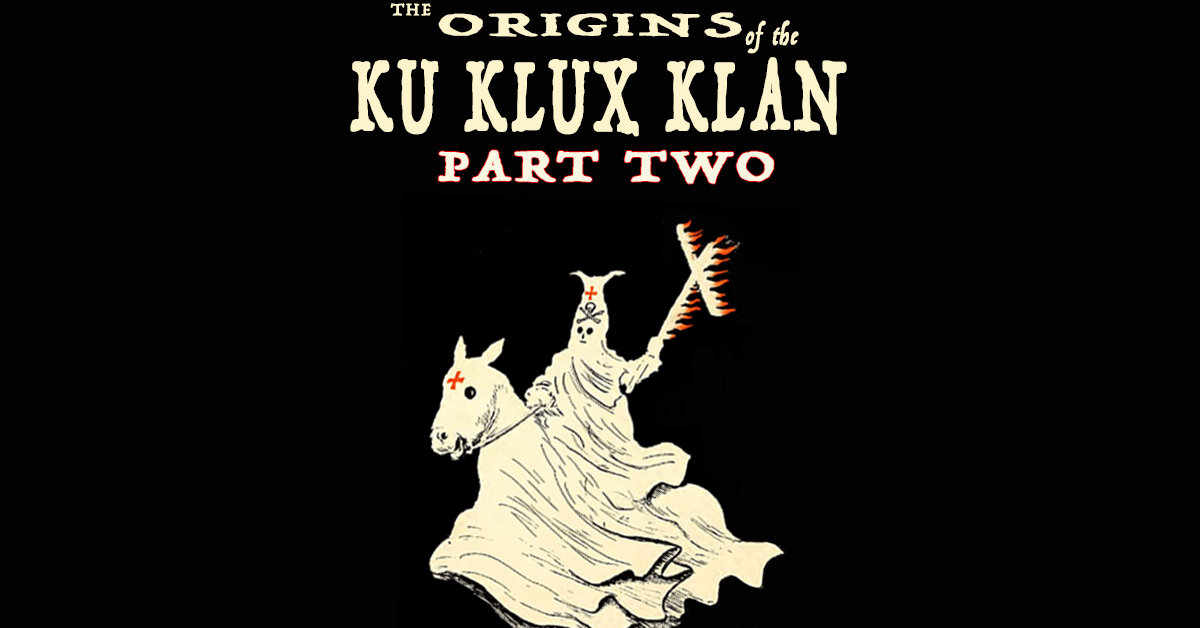
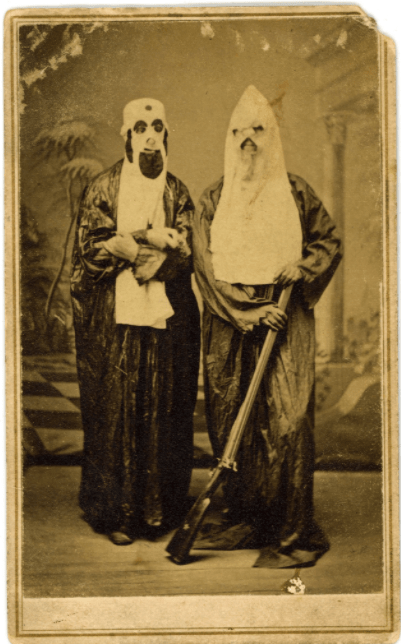
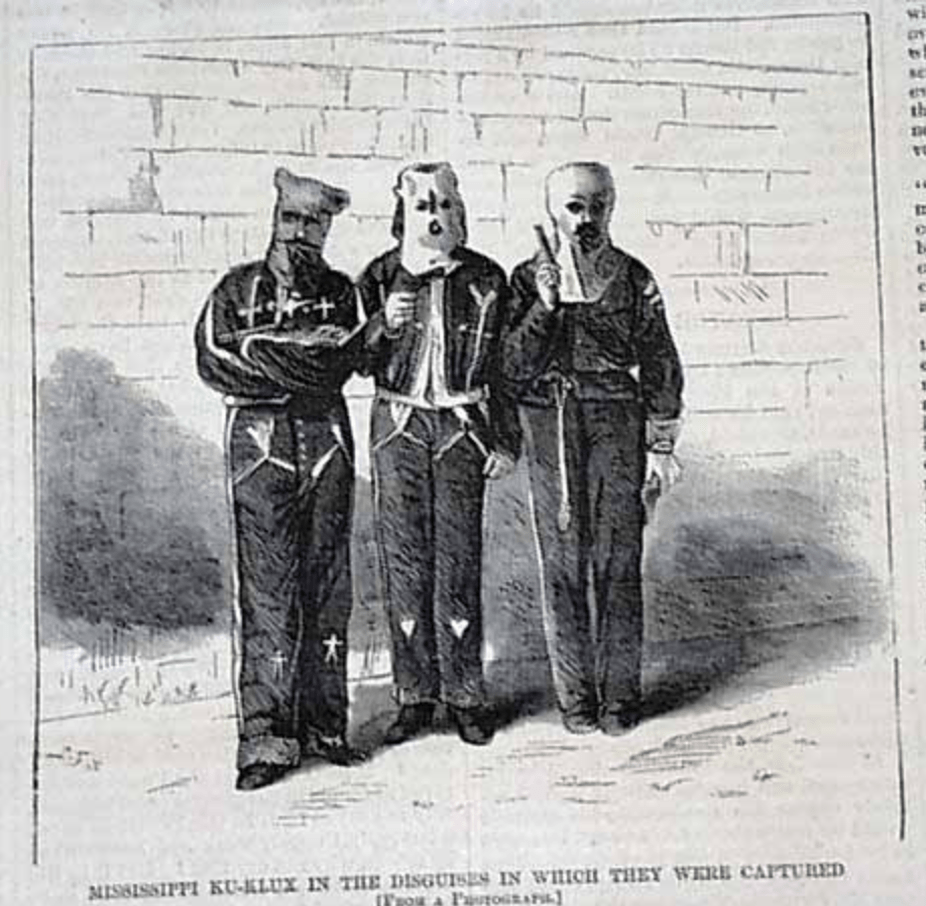
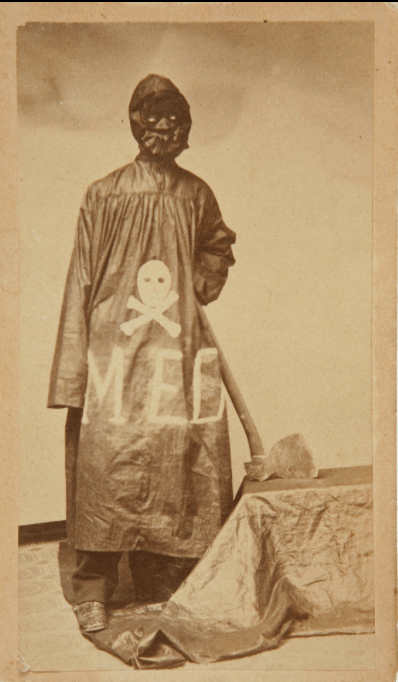
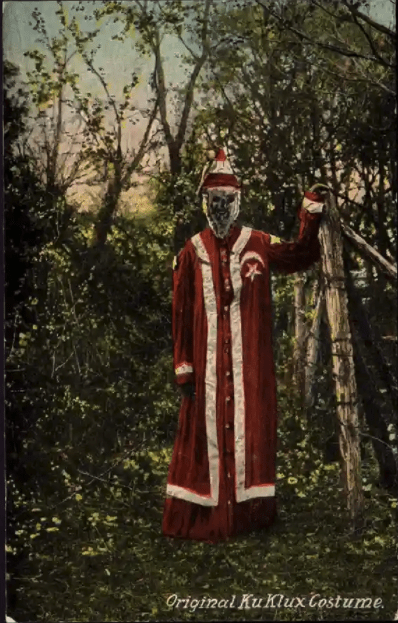
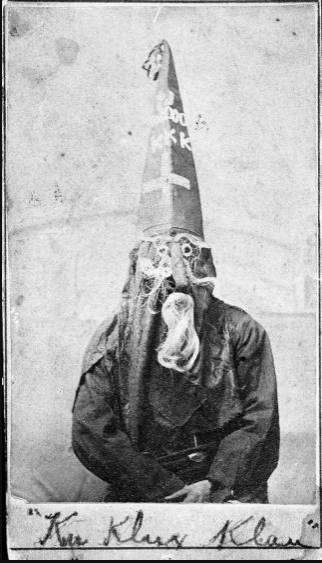
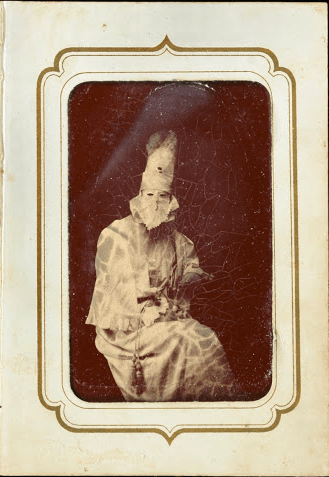
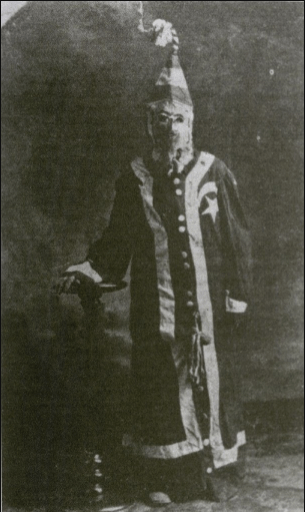
Catherine Hetmansky
An excellent podcast. I will recommend this two part series to anyone who will listen.
I do have several comments. Part 11 seemed rushed and not as detailed as Part 1. Was this an issue of time?
Also, at some future date, is there a possibility of a Part 111, or even a Part IV, detailing the KKK from the 1930’s to the present? Or was that not part of the plan, since you titled it “The Origins….”. My, I seemed to have answered my own question.
Bravo, Brad. A great job!
Bradley Weber
Thanks, Cat, for the comment and questions. Part One was front-loaded with the resources and cross-references in order to build some the historical cases and provide essential context before getting to Davis’ Authentic History. As far a Part III or IV, they are under consideration. Because Parts I & II took a year to research and write, I’ll need to put some time between those and any follow-ups. Will let you know if/when that happens. Thanks for listening!